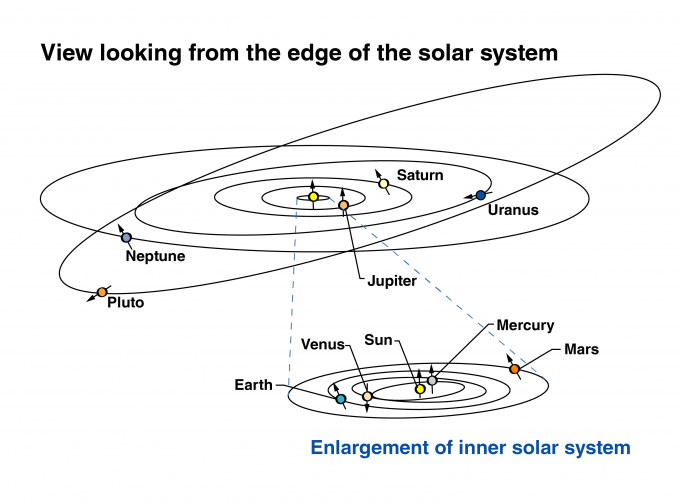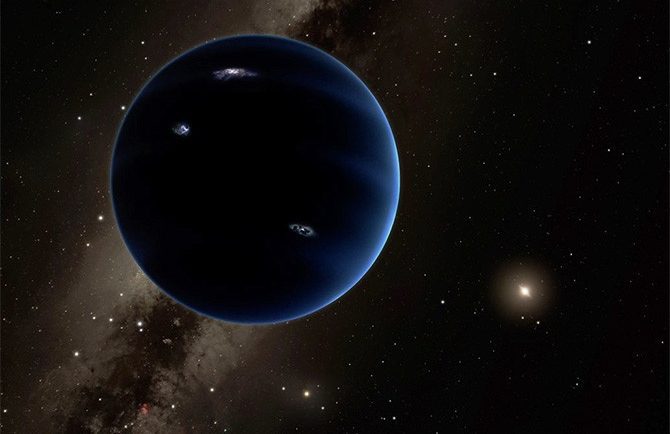
Between the Pluto flyby of New Horizons and the funding of lightsails by Yuri Milner, the last few years have been full of information and wonder in deep space astronomy. The farthest of our solar celestial bodies have given us more information about our outer solar system in the last several years than we have gathered in three decades. From the discovery of nitriles on Pluto (cyanide molecules composed of carbon and nitrogen) to its unique gravitational orbits, Pluto may be the source of data that will propel us to the stars.
Ice Dwarf
Pluto is officially part of a new class of planetary objects called ice dwarfs. Part of the reclassification of Pluto’s planetary status was the discovery of three other bodies in the Kuiper Belt, which is a ring of icy bodies beyond Neptune. Ice dwarfs have become scientifically important due to their preponderance in the outer edges of our solar system with Pluto being the largest. As we look outside of our solar system, this new insight into planetary formations is giving us some idea into the types of planets and planetoids that we are seeing.
A Look at the Surface
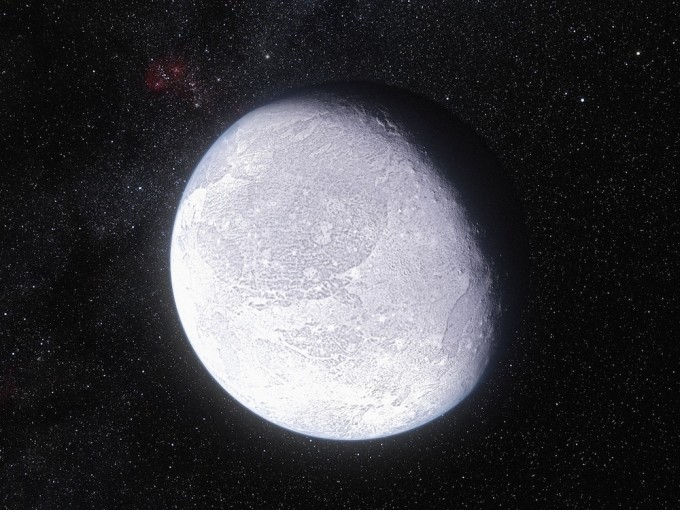
Dwarf Planets: Science & Facts About the Solar System’s Smaller Worlds
The New Horizons mission used NH X-band radio transmitters and receivers to analyze the surface structures of Pluto, according to Harvard research. For the first time, we were able to accurately record the surface temperature, the density of the planets and the surface radius of the dwarf planet. Until then, Pluto and any of the other plutoids were largely unknown. Each of these recorded pieces of data is variables in a larger formula that includes gravitation, planetary formation and the origins of the universe.
Glaciology
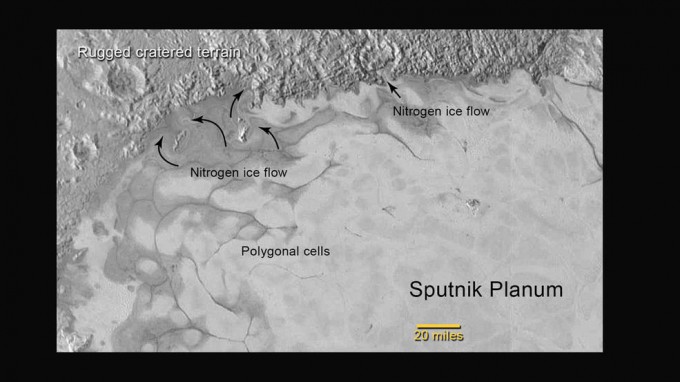
New Horizons Discovers Flowing Ices on Pluto
As the King of the Ice Dwarfs, Pluto offers a certain expertise in the nature of glaciers. Scientists have a lot to learn from Pluto on the nature of glaciers, even Earth’s glacial structures. Images from the New Horizons showed exotic ices flowing across the surface of the planetoid, according to NASA. These are things that had previously only been seen on Earth and Mars and they indicate recent geological activity. This surprised astronomers who only hoped to see glacial flows but did not expect to find movements similar to those of the inner planets. There are expectations that this new information will give terrestrial glaciologists a wealth of data in which to create new theoretical models.
Harnessing the Solar Winds
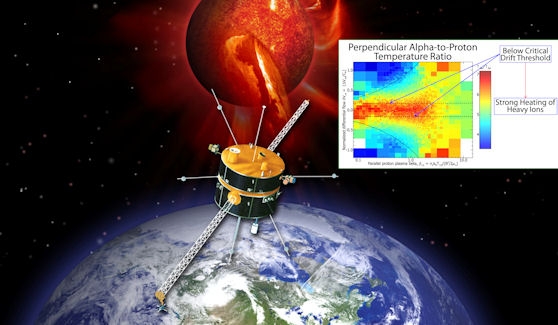
Solar Wind Energy Source Discovered
Our sun gives off trillions of highly charged particles every second that we see as light, heat, and various exotic subatomic particles. This expulsion of energy units is what we call a solar wind that permeates our solar system. Solar winds have taken on an importance in engineering since the pressure generated from the solar wind can be used to propel an object through space. This is the idea behind the lightsails. The New Horizons mission has given us fresh data on the strength and consistency of the solar winds at the far edges of our solar system. In short, solar winds still have a large effect at those distances and may be used to further space travel.
Similarities to Other Solar Systems
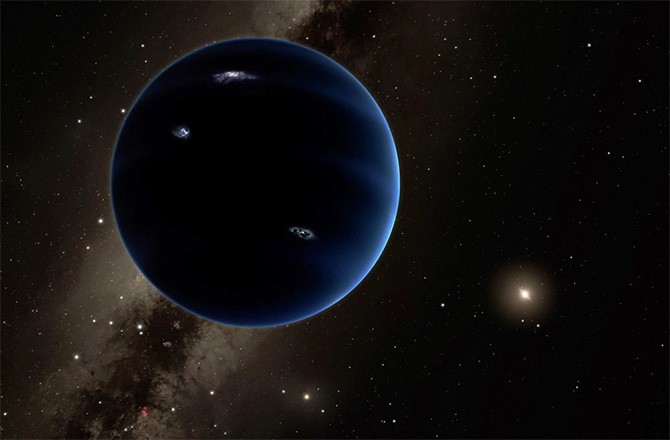
9th Planet May Lurk in the Outer Solar System
The movement of Pluto and its largest satellite, Charon, is unique in our solar system but not in our universe. New Horizons is telling us that the off-axis rotations of the Pluto-Charon system around the sun are seen in other systems outside of ours. According to Nature.com, KOI-730 and KOI-2169, both exoplanet systems outside of ours, seem to follow the patterns of Pluto and its satellites.

